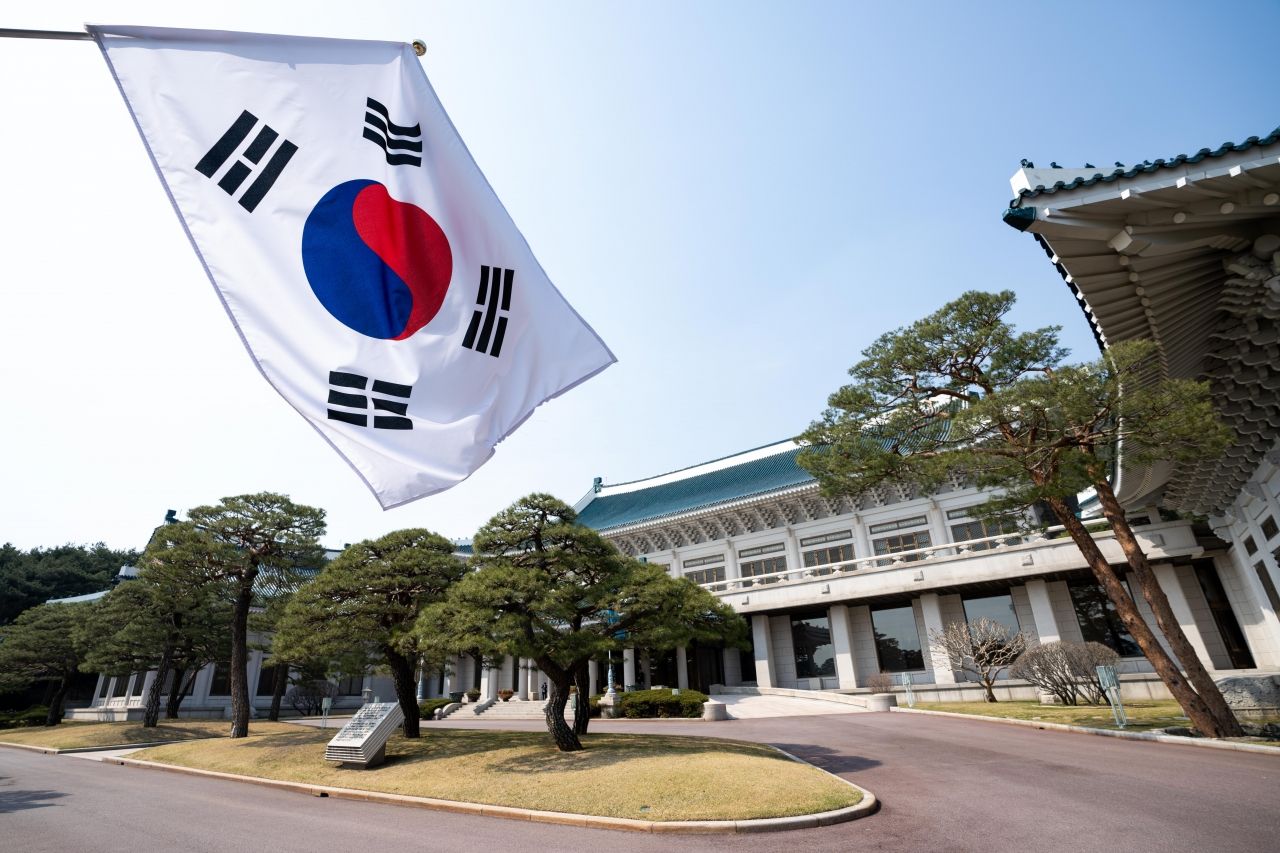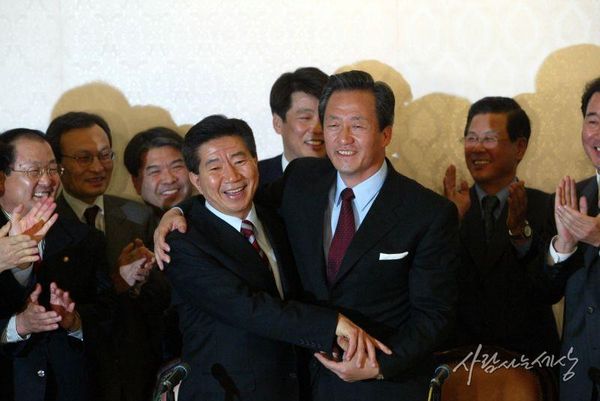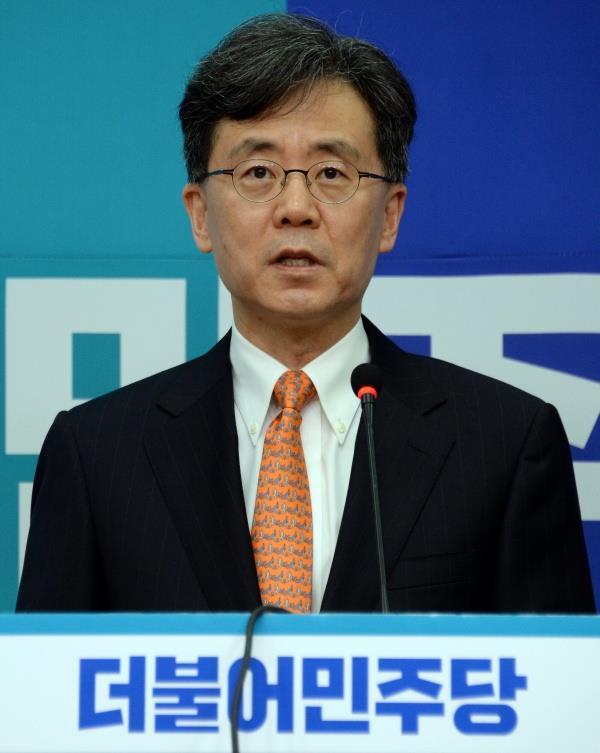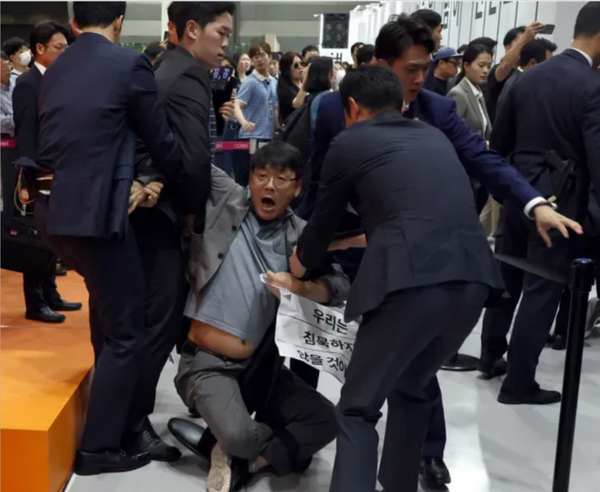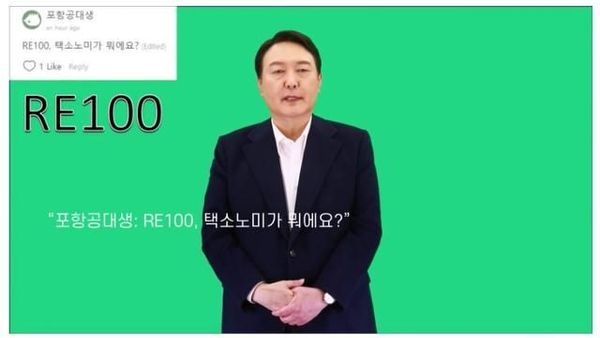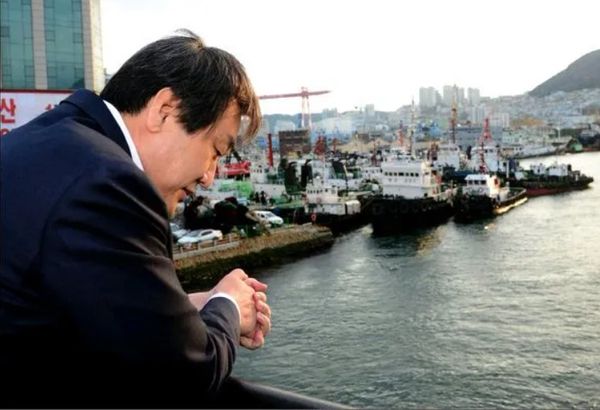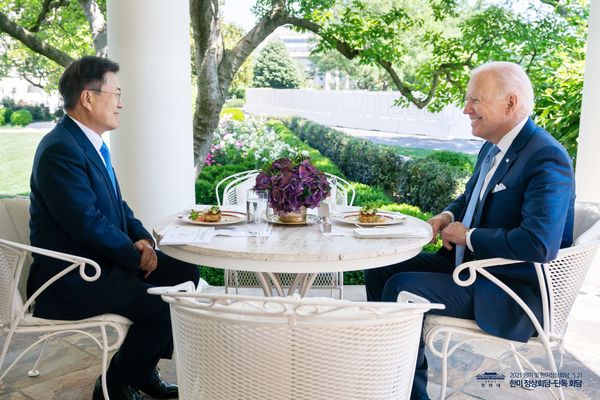Photo: The Blue House. Credit: Website of the Office of the President.
Anyone with a passing familiarity with South Korean politics is aware that the Blue House 청와대, or the office of the President 대통령, is the epicenter of political power in South Korea. (Indeed, this website is named after the iconic blue roof of the presidential office, whose name translates more literally to “the blue-tiled building.”) Less well known is the vast organization within the office of the president, which acts as the president’s lever for his or her government. Although less publicly visible than the cabinet ministers, the senior staff of the Blue House are often seen as wielding equal or greater power than the career bureaucrats in the cabinet ministries.
The Office of the President 대통령비서실 has a little more than 400 officials. The precise organization of the office varies from administration to administration, as each president is free to reorganize his or her own office. But typically, the office is led by the Chief of Staff 비서실장, who receives reports from several Senior Secretaries 수석비서관. In the current Moon Jae-in 문재인 administration, the office presided over by two Chiefs (Chief of Staff and Chief of Policy 정책실장) and eight Senior Secretaries. The Senior Secretaries of Political Affairs 정무수석, Public Relations 국민소통수석, Civil Affairs and Justice 민정수석, Civil Society 시민사회수석, and Personnel 인사수석 report to the Chief of Staff; the Senior Secretaries of Employment 일자리수석, Economy 경제수석, and Society 사회수석 report to the Chief of Policy. Each Senior Secretary’s office is a miniature version of the cabinet ministry, as they serve as nodes of communication between the Blue House and the cabinet ministries and other bureaucratic institutions within the Executive Branch 행정부. In addition, the president may appoint presidential advisors on an ad hoc basis. In the Moon administration, for example, there is an Economic Advisor 경제보좌관 and Science and Technology Advisor 과학기술보좌관.
Separately, the Office of the President also includes the National Security Council 국가안보실, headed by the National Security Advisor 국가안보실장 and two Deputy National Security Advisors 국가안보실차장. In addition to these three officials and the president, the Prime Minister 국무총리, Minister of Foreign Affairs 외교부장관, Minister of Unification 통일부장관, Minister of Defense 국방부장관, Minister of Interior and Safety 행정안전부장관, head of the National Intelligence Service 국가정보원 and the presidential Chief of Staff participate in the NSC.
Typically, the Chief of Staff is the closest personal ally of the president. For example, the first Chief of Staff to the President Syngman Rhee 이승만 was Lee Ki-bung 이기붕, whose son Lee Kang-seok 이강석 was adopted into Rhee’s family. When the Rhee dictatorship fell as a result of the April 19 Movement 4.19 운동 in 1960, Lee Kang-seok killed his entire family including his father Lee Ki-bung in a murder-suicide. Even in the democratic era, the Chief of Staff is usually the president’s right hand, exercising tremendous influence outside of the public’s eyes as Park Jie-won 박지원 did for Kim Dae-jung 김대중. (See previous coverage, “Korean Politics’ Invisible Hands.”)
Also important is the Senior Secretary for Civil Affairs and Justice, considered the first among equals within the ranks of Senior Secretaries. (The Senior Secretary for Political Affairs, who serves as the liaison between the president and his party, might disagree with this assessment, however.) The Civil Affairs Secretary is particularly powerful as his office is the one that vets the potential candidates for cabinet ministers and other high ranking officials, essentially acting as the gatekeeper for the president’s appointment power. The Civil Affairs Secretary also conducts internal investigations of high ranking officials and serves as a liaison for the government’s investigative bodies such as the Public Prosecutors’ Office 검찰청 and Bureau of Audit and Investigation 감사원, acting as the president’s disciplinarian of his or her government.
Accordingly, the president’s appointment of the Chief of Staff and the Civil Affairs Secretary draws a great deal of attention, as much as the appointment of any major cabinet post. President Moon Jae-in himself is an example of the power of such appointments. Although Moon had no electoral politics experience at time he joined Roh Moo-hyun 노무현’s Blue House as the Senior Secretary of Civil Affairs and Justice in 2003, by the time he ended his tenure with Roh as Chief of Staff in 2007, Moon was considered one of the biggest names in liberal politics despite never having held any electoral office or a cabinet ministry position. Similarly, when Moon as the president appointed Civil Affairs Secretary Cho Kuk 조국 (a former law professor who also did not have any previous experience in electoral politics) as the Minister of Justice 법무부장관, the conservatives opposed fiercely - they saw the appointment as Moon’s attempt to groom Cho into a potential presidential candidate. (See previous coverage, “Conservatives Attack the Justice Minister.”)


